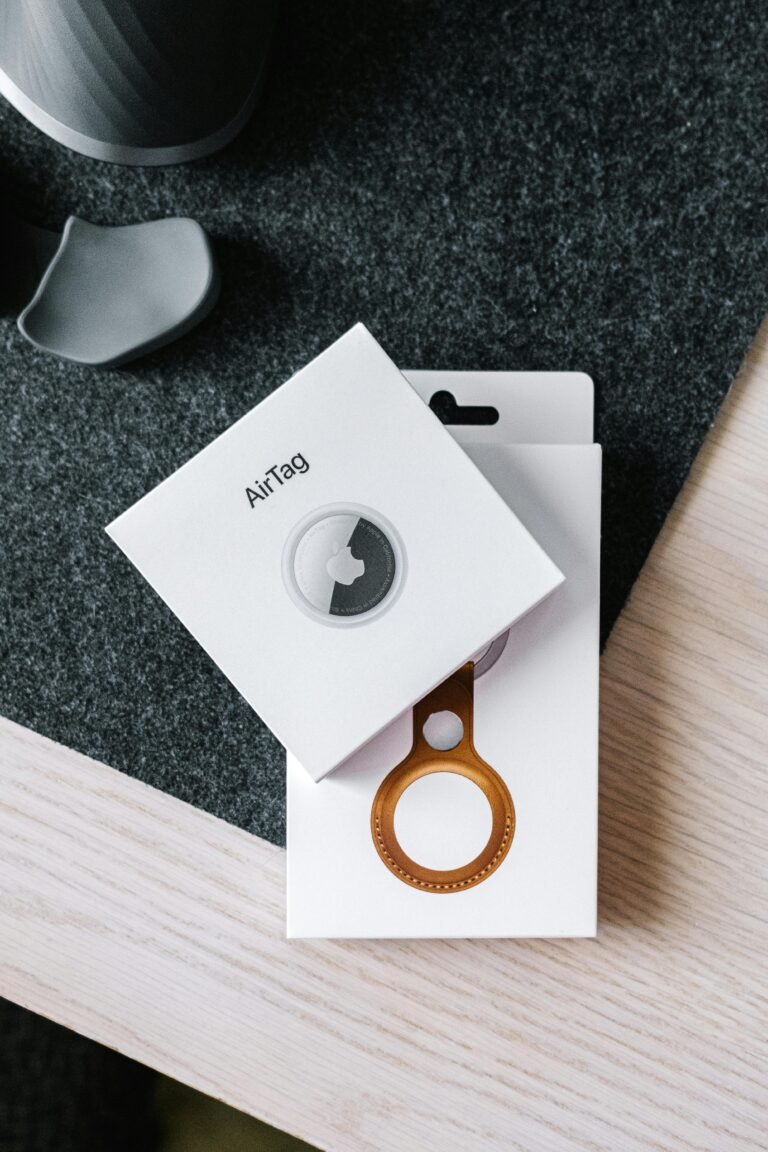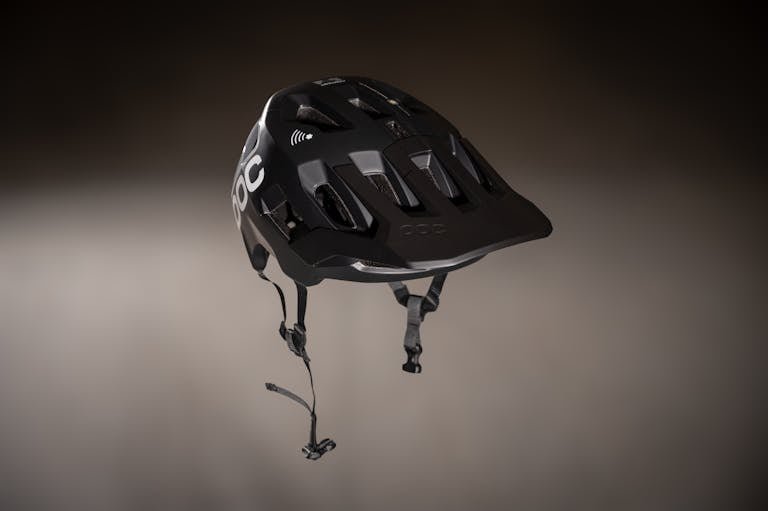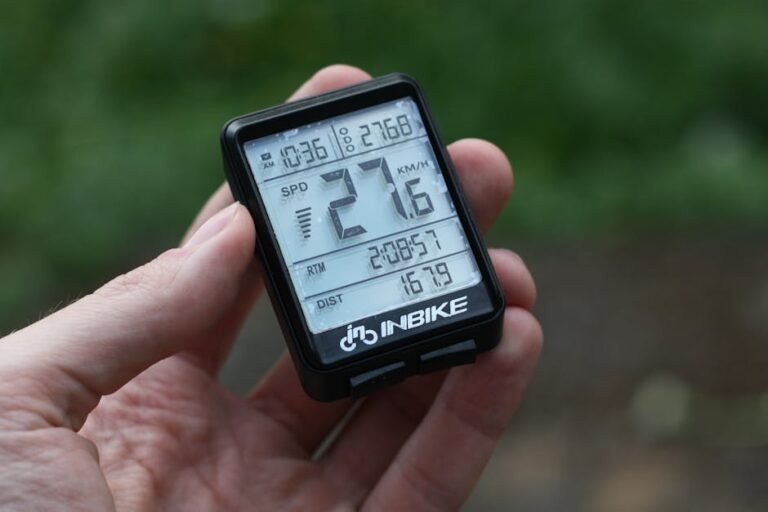How to Create an Effective Cycling Workout
Here’s an eye-opener, structured cycling workouts can improve your cycling performance up to 26% faster than unstructured riding! I’ve developed a systematic approach to creating effective workouts. Let’s check out the essential components of a result-driven cycling session.
Essential Components of Every Cycling Workout
Over the years, I’ve learned what makes a cycling workout truly effective. Let me share my approach to creating the perfect training session.
Correct Warm-up Protocols
Every solid cycling workout starts with an intentional warm-up. I’ve found that rushing this part can totally ruin your entire session.
Essential warm-up elements for your cycling workout:
- Progressive heart rate elevation (start at 50% effort, gradually build to 70%)
- Dynamic movements (pedaling drills, one-leg spins, high cadence work)
- Neuromuscular activation (3-4 short 10-second sprints at 80% effort)
- Joint mobility work while riding (shoulder rolls, back stretches, neck rotations)
It might sound simple but it really makes a difference.
Main Workout Structure
The core of your cycling workout needs clear purpose and structure. I remember when I first started training with structure – the difference in my progress was amazing.
Key training components:
- Specific intensity zones (clear power or heart rate targets)
- Interval timing (work periods matched to energy systems)
- Rest periods (active recovery between efforts)
- Progressive overload (increasing duration or intensity systematically)
- Mental focus points (technique cues, breathing patterns)
Cool-down Techniques
A proper cool-down after your cycling workout is vital for recovery. Aim for at least 10-15 minutes of easy spinning.
Effective cool-down protocol:
- Gradual power/heart rate reduction (5-minute steps down)
- Light cadence drills (90-100 rpm at low resistance)
- Flushing out metabolic waste (easy spinning with occasional 1-minute moderate efforts)
- On-bike stretching (focus on back, shoulders, and hip flexors)
- Mental recovery (breathing exercises while riding easy)
Recovery Strategies
Recovery determines how well your next cycling workout will go. I’ve learned these strategies through years of trial and error.
Post-workout essentials:
- Immediate nutrition (30g protein, 60g carbs within 30 minutes)
- Hydration protocol (500ml per hour of riding plus electrolytes)
- Active recovery techniques (light stretching, foam rolling)
- Recovery metrics tracking (heart rate variability, sleep quality)
- Next workout planning (adjusting based on fatigue levels)
Remember, a successful cycling workout isn’t just about hammering the pedals – it’s about executing each component with purpose. Take time to master these elements, and you’ll see awesome improvements in your training!
Types of Training Sessions: A Comprehensive Guide
Now let’s talk about how to structure each type of cycling workout for maximum benefit. After cycling for years, I’ve developed some awesome approaches to each training style.

Endurance Rides
The foundation of any solid cycling workout plan is long, steady endurance rides.
Essential endurance components:
- Duration Planning: Aim for 2-5 hours at a conversational pace. I structure these rides with 30-minute blocks, focusing on maintaining steady power. For beginners, start with 2 hours and add 15-20 minutes each week.
- Intensity Management: Keep power between 65-75% of threshold. This means you should be able to hold a conversation while riding. Use the “talk test” – if you can’t speak in complete sentences, you’re going too hard.
- Fueling Strategy: Try to consume 30-60g carbs per hour depending on intensity. I prefer a mix of solid food and sports drinks during these longer cycling workout sessions. Start eating after the first hour, then every 45 minutes.
- Pacing Technique: Maintain steady effort, especially on climbs. I find that many riders push too hard on hills during endurance rides. Focus on keeping the same level of perceived exertion regardless of terrain. Use your gears wisely!
High-Intensity Intervals
These are the cycling workout sessions where the magic really happens. The key is quality over quantity – every interval should have a specific purpose.
HIIT session structure:
- Interval Design: Create specific work periods ranging from 30 seconds to 4 minutes. For example, my favorite cycling workout includes 6-8 repetitions of 3 minutes at max with 2 minutes of recovery.
- Recovery Periods: Match rest to work intensity. Shorter, harder intervals need full recovery (1:1 ratio), while longer intervals might use shorter rest (2:1 ratio).
- Weekly Programming: Include 2-3 high-intensity sessions per week maximum. You typically schedule these on Tuesday and Thursday, with at least one rest day between.
- Progressive Overload: Start with fewer intervals and build up. Week 1 might be 4×3 minutes, then add one interval each week until reaching 8×3 minutes.
Threshold Training
This type of cycling workout builds your sustainable power. It’s the sweet spot between endurance and high intensity.
Threshold workout guidelines:
- Interval Design: Structure 8-20 minute efforts at 90-95% of FTP. Start with 2×8 minutes and build to 3×20 minutes over several weeks.
- Session Structure: Begin with shorter intervals more frequently, then progress to longer ones. Include proper warm-up with 2-3 build efforts.
- Form Focus: Maintain smooth, efficient pedaling throughout. Watch for signs of form breakdown – if you can’t hold your position, the interval is done.
Recovery Rides
This is by far the most underrated type of cycling workout. These sessions promote healing and prevent burnout.
Recovery session essentials:
- Effort Control: Keep power below 65% of threshold – this should feel ridiculously easy. If you’re tempted to push harder, you’re doing it wrong.
- Time Management: Limit these rides to 30-60 minutes. Any longer defeats the recovery purpose. I prefer 45 minutes as the sweet spot.
- Technique Focus: Use this time to work on smooth pedaling and position on the bike. Perfect for practicing high-cadence drills at low power.
- Purpose Understanding: Remember these rides are about promoting blood flow and recovery, not fitness gains. Success is measured by how fresh you feel the next day.
A successful cycling workout plan includes all these sessions in the right balance. The magic happens when you learn how to execute each one with purpose and patience.
Creating Your Cycling Workout Structure
Creating the right duration for each cycling workout is crucial for success. I learned this through years of trial and error with my friends.
Time-based training essentials:
- Baseline Assessment: Start by tracking your current riding time and intensity.
- Weekly Structure: Plan your cycling workout schedule realistically. Most riders do well with 3-4 focused sessions per week.
- Progression Planning: Increase total weekly time by 10% maximum. If you’re currently doing 5 hours weekly, add 30 minutes the next week.
- Session Duration: Match workout length to its purpose. HIIT cycling workout sessions might be 45-60 minutes, while endurance rides could stretch to 3+ hours.

Determining Intensity Levels
Every cycling workout needs clear intensity targets.
Intensity guidelines:
- Zone Establishment: Use field tests to set your training zones. A 20-minute FTP test gives you solid baseline numbers for structuring every cycling workout.
- Daily Targets: Assign specific intensity goals to each session. Monday might be recovery (Zone 1), Tuesday intervals (Zone 4-5), Wednesday endurance (Zone 2).
- Energy System Focus: Match intensity to training goals. Endurance needs lower intensity, longer duration; power development needs short, intense efforts.
- Perceived Exertion: Learn to correlate feeling with numbers. Rate of perceived exertion should match your power or heart rate zones.
Monitoring Your Effort
One of the key factors in a successful cycling workout is knowing how hard you’re working—and that means tracking your effort accurately. Whether you’re a beginner or a seasoned rider, understanding the tools and techniques to gauge your performance can help you get the most out of your rides.
Heart Rate Zones Explained
Your heart rate zones, ranging from resting to maximum effort, determine whether you’re improving endurance, burning fat, or building power. Tools like a chest strap monitor paired with apps such as Garmin Connect or Strava help you stay in the right zone. If you’re new, zone 2 (60-70% of your max heart rate) is where most endurance magic happens.
Using Perceived Exertion
If gadgets aren’t your thing, perceived exertion is a simple and intuitive way to measure effort. On a scale of 1 to 10, how hard does the workout feel? A recovery ride might feel like a 2 or 3, while sprint intervals can hit an 8 or 9. While not as precise as heart rate or power meters, tuning into your body’s feedback adds a deeper connection to your cycling workout.
Power Meter Metrics
For those who want precise data, power meters are a goldmine. Tracking metrics like watts and FTP (functional threshold power) during a cycling workout helps tailor efforts to your specific goals. For instance, if you’re improving climbing strength, targeting watts above your FTP can turbocharge results. Invest in options like the Garmin Rally Pedals or Stages Cycling Crank Arm for accurate measurements.
Recovery Indicators
Monitoring effort isn’t just about pushing hard; it’s also about knowing when to back off. Keep an eye on your resting heart rate or metrics from wearables like an Oura Ring to gauge recovery. Smartwatches are also helpful in this scenario. After a tough cycling workout, elevated resting heart rates or general fatigue are clues to schedule an easier session or even a rest day.
Indoor vs. Outdoor Workouts
Adapting Workouts for Trainers
Indoor trainers like the Wahoo Kickr transform your indoor cycling workout into a structured session, unaffected by weather. Apps like Zwift or TrainerRoad keep things interactive with pre-designed workouts and virtual competitions, making indoor rides fun instead of boring.
Weather Considerations
Outdoor workouts are invigorating but depend on weather. Rain or icy conditions can make outdoor sessions dangerous, where an indoor workout becomes a safe alternative. On perfect sunny days, however, nothing beats the fresh air and varied terrain to keep your cycling workout engaging.
Equipment Modifications
Transitioning from indoor to outdoor requires some tweaks. Swapping indoor trainer tires for road-ready ones or checking tire pressure ensures a smooth ride. For indoor workouts, use a sweat mat or towel to protect your floor from sweat puddles.
Training Environment Tips
When cycling outdoors, look for bike-friendly routes with less traffic. Apps like Komoot can guide you to the best spots. For indoor sessions, create a well-ventilated area to mimic the airflow you get outside and stay cool throughout your ride.

A successful cycling workout is about finding the balance between effort and recovery, indoors and outdoors, and having the right tools to track your progress. Whether you’re riding through your neighborhood or climbing virtual hills on a trainer, monitoring effort and optimizing your environment can make every workout productive and enjoyable.
FAQ’s
How long should my cycling workout be?
For most cyclists, effective workouts range from 45-90 minutes. Beginners should start with 30-45 minutes, while experienced riders might extend to 2+ hours for specific training goals.
Should I eat before a morning workout?
For sessions under 60 minutes, training fasted is fine for most people. For longer or high-intensity workouts, eat a light carbohydrate-rich meal 1-2 hours before.
What’s the best way to track progress?
Use a combination of metrics: average speed on familiar routes, power output (if using a power meter), heart rate zones, and perceived exertion.
How many times per week should I do intense workouts?
Most cyclists should limit high-intensity sessions to 2-3 times per week, with at least one recovery day between hard efforts.
How do I know if I’m training too hard?
Watch for signs like persistent fatigue, decreased performance, poor sleep, or increased resting heart rate. These may indicate you need more recovery.
Do I need special equipment for indoor cycling workouts?
Yes, you’ll need an indoor bike trainer, like a smart trainer, or a stationary bike. Many cyclists also use apps like Zwift or TrainerRoad for interactive and structured workouts. A fan and sweat towel help keep you comfortable during intense sessions.
Final Thoughts
Creating effective cycling workouts doesn’t have to be complicated. Start with proper structure, gradually increase intensity, and listen to your body. Remember, consistency trumps intensity – it’s better to complete regular moderate workouts than sporadically push yourself to exhaustion.
Quick Tips:
- Always warm up properly
- Stay hydrated throughout
- Keep a training log
- Plan recovery days
- Adjust intensity based on energy levels
Find More Resources on Bicycles
- Smart Bike Trainers: 2024 Best Picks with Features and Benefits
- Recumbent Bike Benefits: The Ultimate Guide to Comfortable Cardio
- Bicycle Chain Maintenance: 2025 How to Clean and Lube Guide
- How Do You Adjust Bike Brakes? A Step-by-Step Guide for 2024
- How to Build a Bicycle Wheel in 2025: Step-by-Step Guide







